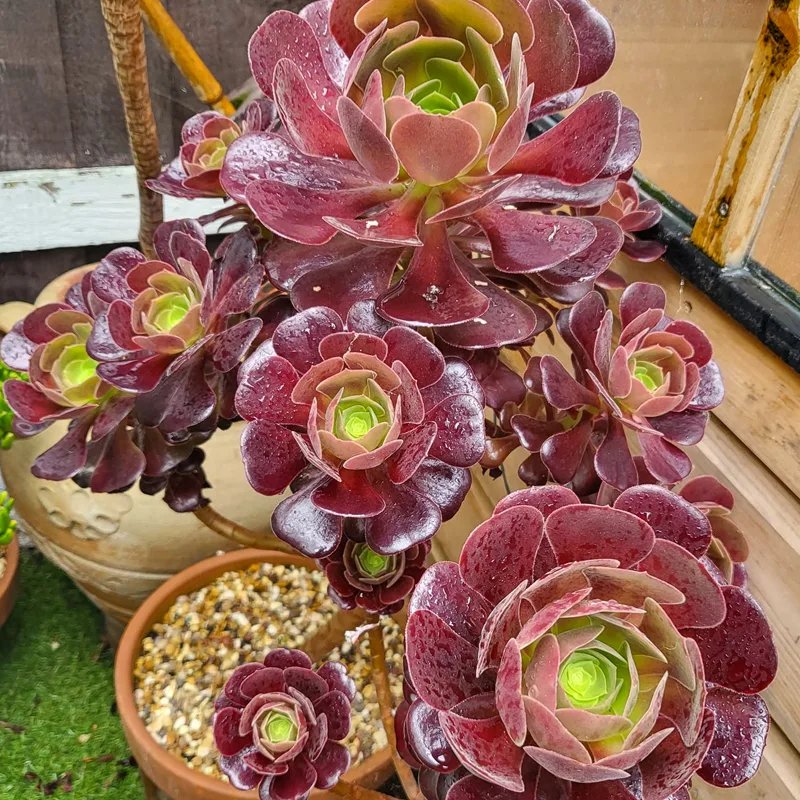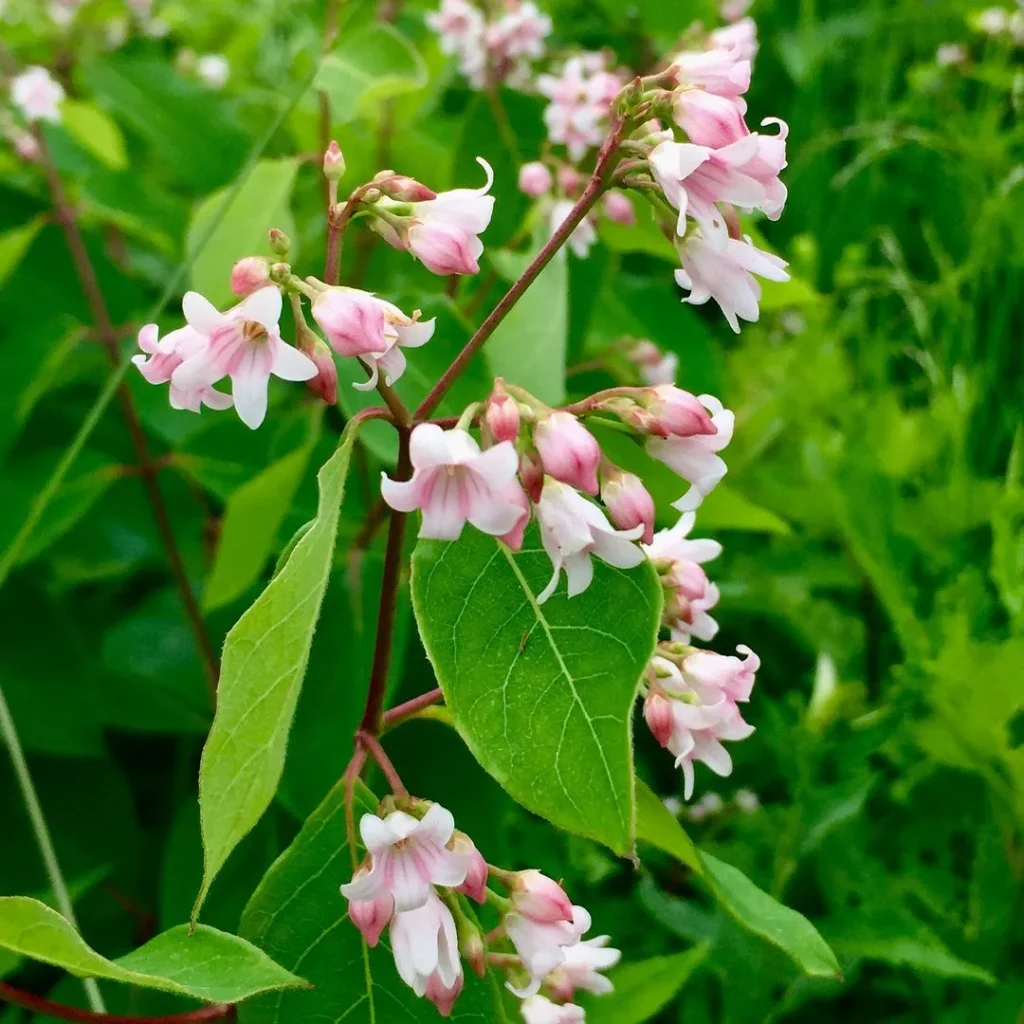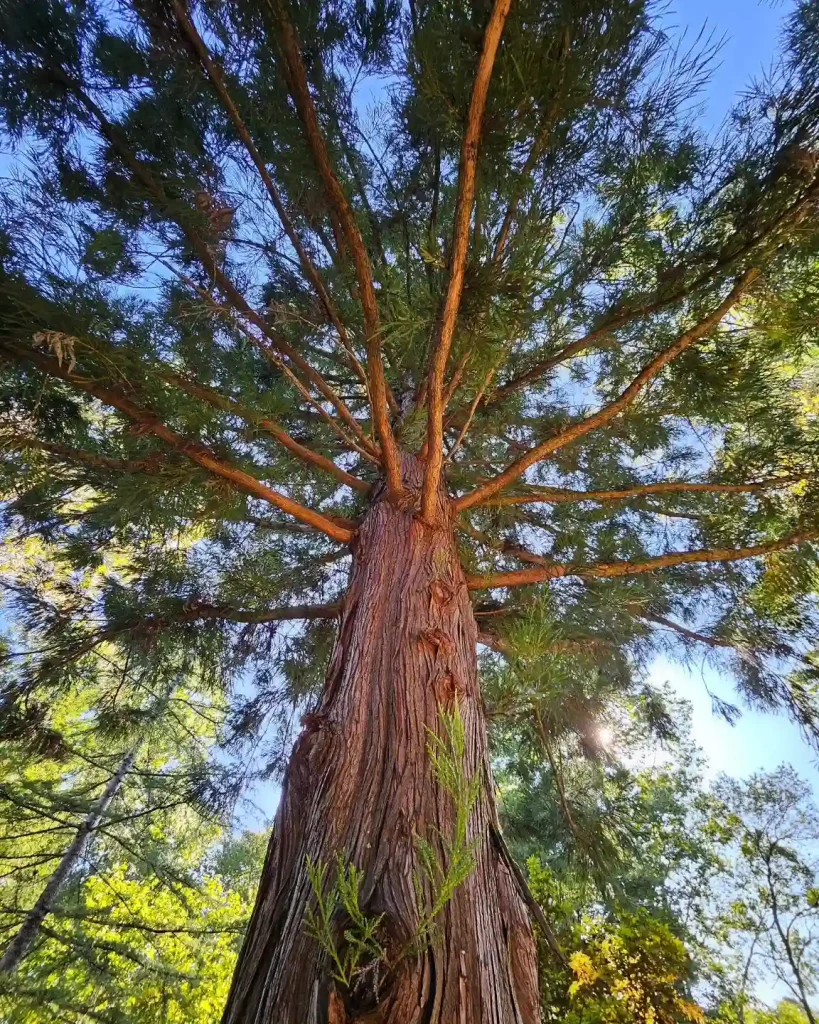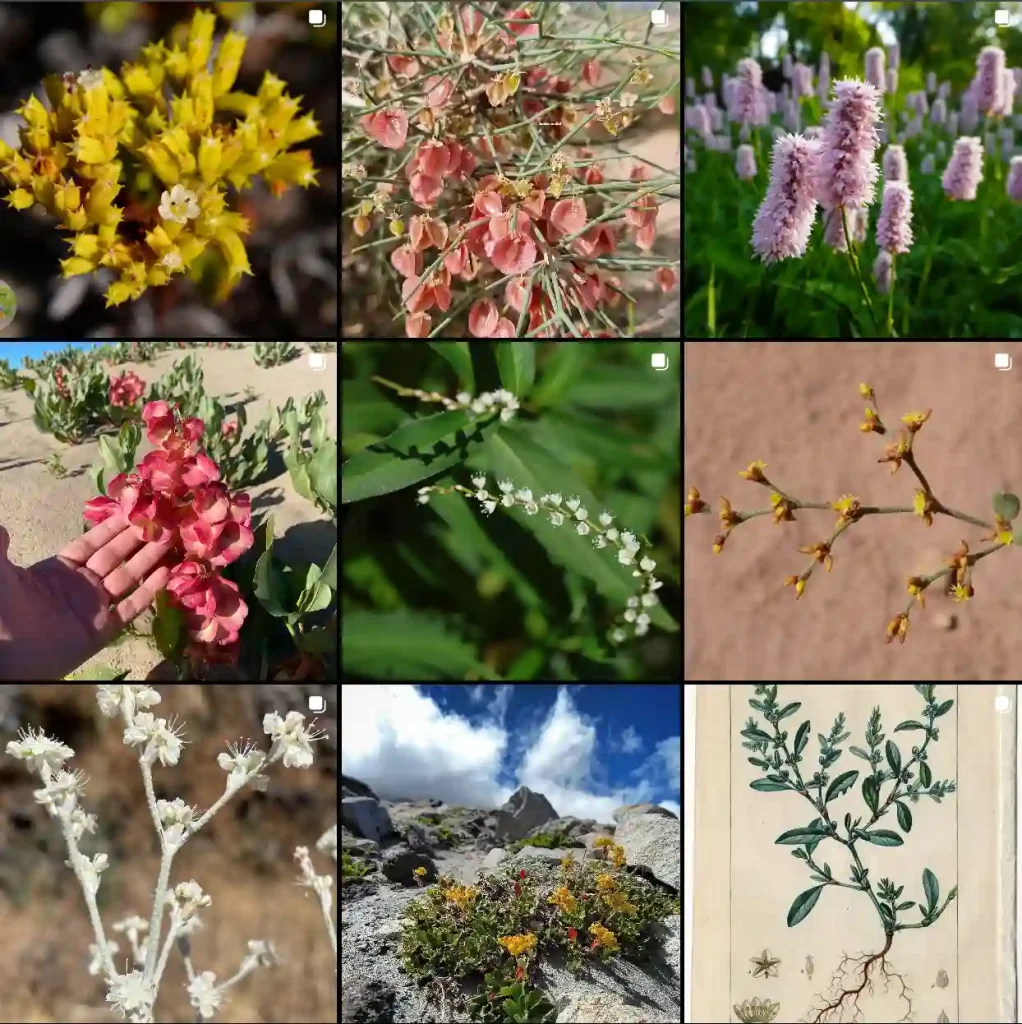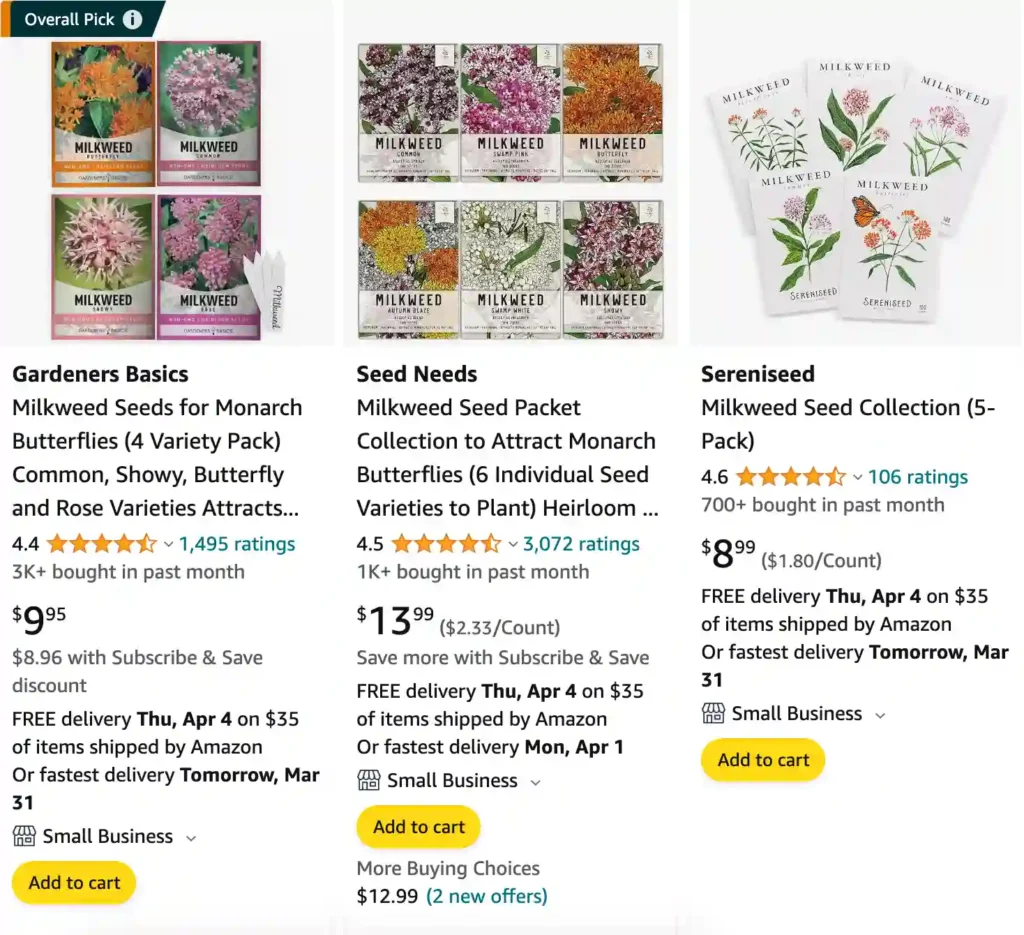
How to plant milkweed seeds?
Planting milkweed seeds is straightforward; I scatter them on the soil surface in my garden, lightly pressing them in and watering gently, ensuring they get plenty of sunlight.
When to plant milkweed?
For the best results, I plant milkweed in early spring or late fall when the soil is moist and temperatures are mild.
Where to buy milkweed plants?
I’ve found milkweed plants at local nurseries and garden centers, as well as online from reputable native plant sellers.
Is milkweed edible?
While some parts of milkweed are traditionally used in certain cultures, I avoid eating it due to its potential toxicity.
Do deer eat milkweed?
In my garden, I’ve noticed that deer generally avoid milkweed, preferring other plants, which helps keep my milkweed patches intact.
Does milkweed spread?
Milkweed spreads quite easily in my garden, with its seeds dispersing via wind and new shoots emerging from the roots.
How to grow milkweed in pots?
Growing milkweed in pots has worked well for me; I use well-draining soil and place the pots in a sunny spot, ensuring regular watering.
How to harvest milkweed seeds?
Harvesting milkweed seeds is simple; I wait until the pods are dry and beginning to split, then collect them carefully to avoid losing any seeds.
How to kill milkweed?
To control milkweed in unwanted areas, I’ve used targeted applications of herbicide or manual removal, ensuring I get as much of the root system as possible.
Is milkweed poisonous to touch?
Handling milkweed with gloves is a must for me since its milky sap can be irritating to the skin and potentially harmful if ingested.
How to plant milkweed seeds in fall?
Planting milkweed seeds in fall has been effective for me; I scatter them on the soil before the first frost, allowing natural cold stratification over winter.
How to plant milkweed seeds in spring?
In spring, I start by soaking the milkweed seeds in water for 24 hours before planting them in warm soil, which has yielded good germination rates for me.
Is milkweed a weed?
Though some consider milkweed a weed, I treasure it in my garden for its ecological benefits, particularly for monarch butterflies.
How to transplant milkweed?
When transplanting milkweed, I dig up the plants with a generous amount of soil around the roots and replant them immediately, ensuring they get ample water to minimize transplant shock.
Do rabbits eat milkweed?
Rabbits in my garden tend to leave milkweed alone, which makes it easier for me to maintain a healthy milkweed population.
Can milkweed grow in shade?
I’ve noticed milkweed struggles in full shade, so I plant it where it gets at least six hours of direct sunlight daily.
Will vinegar kill milkweed?
I’ve found that vinegar can be effective in killing milkweed, especially when applied directly to the leaves and stems during sunny weather.
Can chickens eat milkweed?
Chickens in my backyard haven’t shown interest in eating milkweed, which is fortunate given its potential toxicity.
Do bees like milkweed?
Bees are frequent visitors to my milkweed plants, attracted by the abundant nectar and vibrant flowers.
Do hummingbirds like milkweed?
Hummingbirds also appreciate the nectar-rich milkweed flowers, adding to the lively pollinator activity in my garden.
Milkweed vs Dogbane
I’ve found that while Milkweed has a more vibrant, showy appearance and attracts a lot of butterflies, Dogbane’s subtle, understated blooms don’t quite draw the same attention and seem less appealing to me.
Milkweed vs Joe Pye Weed
Joe Pye Weed has a sturdier, taller presence in the garden compared to Milkweed, but I prefer Milkweed’s unique, intricate flowers and its role as a host plant for monarchs over Joe Pye Weed’s bulkier look.
Milkweed vs Butterfly Weed
Butterfly Weed has a bright, cheerful color that stands out, but Milkweed’s more complex flower structure and its crucial role for monarch caterpillars make it a more engaging choice for my garden.
Milkweed vs Milk Thistle
Milk Thistle‘s bold, spiky appearance and medicinal properties are interesting, but I prefer Milkweed for its ability to support butterfly populations and its more harmonious look in my garden.
Milkweed vs Pokeweed
Pokeweed’s dramatic berries and deep purple hues are striking, yet I find Milkweed’s gentler aesthetics and its vital role in supporting monarchs make it a more fitting addition to my garden.
Milkweed vs Butterfly Bush
Butterfly Bush certainly attracts a lot of butterflies with its vibrant blooms, but I find Milkweed’s role in the life cycle of monarchs and its more natural, wildflower charm to be more rewarding.
Milkweed vs Dandelion
While Dandelions are incredibly resilient and useful for early spring forage, I enjoy the beauty and purpose of Milkweed much more, particularly for its butterfly attraction and more ornamental presence.
Milkweed vs Queen Anne’s Lace
Queen Anne’s Lace has a delicate, lace-like quality that is lovely, but I find Milkweed’s more robust and colorful blooms to be better for attracting a variety of pollinators and adding a unique touch to my garden.
Milkweed vs Swamp Milkweed
Swamp Milkweed‘s ability to thrive in wetter conditions is impressive, but I prefer the more classic Milkweed for its general adaptability and its distinct, bold blooms that attract butterflies across different environments.
Milkweed vs Wild Lettuce
Wild Lettuce has an interesting, though somewhat unremarkable, presence in the garden, while Milkweed’s vibrant flowers and its crucial role for monarch caterpillars make it a standout choice for me.
Milkweed vs Swan Plant
Swan Plant, a variety of Milkweed, has a unique, elegant look, but I prefer the classic Milkweed for its more traditional, reliable appearance and its established role in supporting monarchs.
If i die, water my plants!
